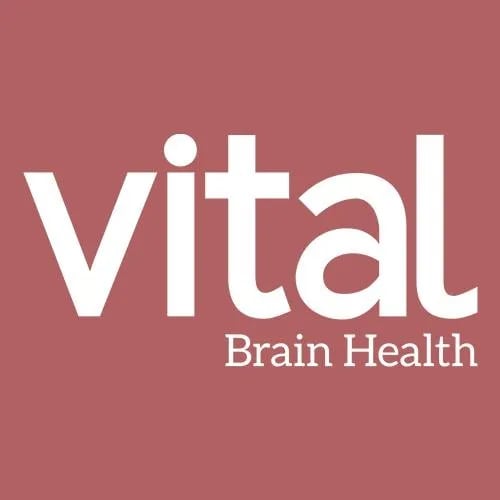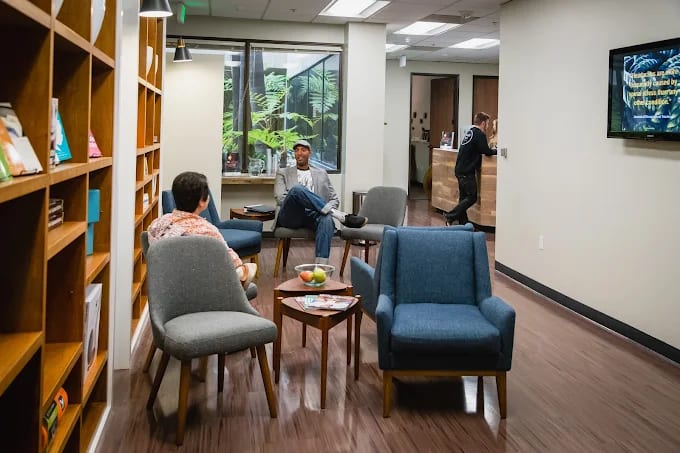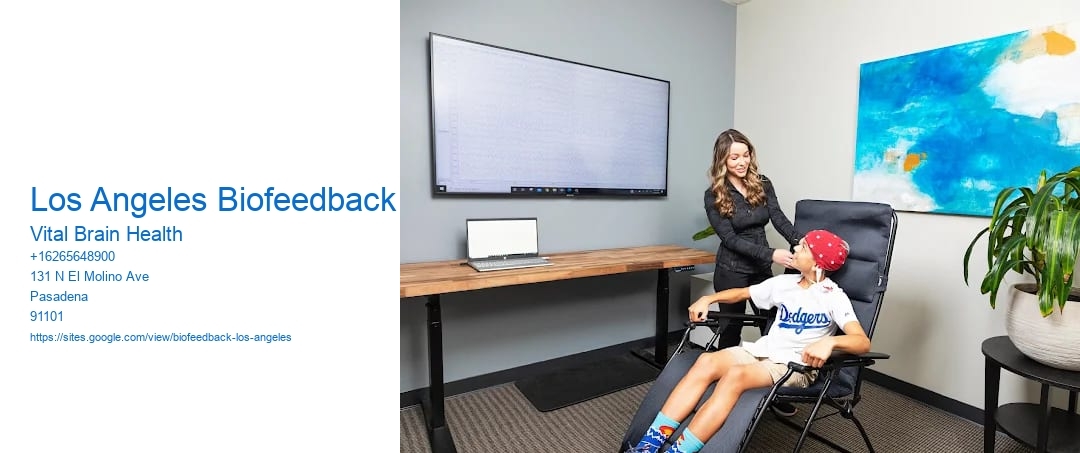Techniques and Modalities Used in Biofeedback
Biofeedback is an intriguing field that combines technology and psychology to help individuals gain greater control over physiological processes that are typically involuntary. Los Angeles Cognitive Therapy . In Los Angeles, a city known for its cutting-edge advancements in health and wellness, biofeedback has become an increasingly popular modality for promoting mental and physical well-being. This essay explores the techniques and modalities used in biofeedback with a focus on their application in Los Angeles.
Biofeedback operates on the premise that by monitoring physiological signals-such as heart rate, muscle tension, and brainwave patterns-individuals can learn to exert control over these processes. The ultimate goal is to improve health and performance by using this feedback to train the body and mind to respond differently to stimuli. In Los Angeles, this approach is embraced by a diverse community ranging from athletes seeking performance enhancement to individuals looking to manage stress or chronic pain.
One of the most common techniques used in biofeedback is electromyography (EMG), which measures muscle tension. This technique is particularly beneficial for those dealing with tension headaches, neck pain, or chronic muscle tension. By providing real-time feedback about muscle activity, individuals can learn to recognize and alter patterns of tension, leading to relief and improved function.
Another prevalent modality in Los Angeles is neurofeedback, also known as EEG biofeedback. This technique focuses on brainwave activity and is used to address a variety of conditions, such as anxiety, ADHD, and insomnia. Neurofeedback practitioners use sensors placed on the scalp to monitor brainwave patterns, which are then displayed on a screen. Through training sessions, individuals learn to produce more optimal brainwave patterns, leading to enhanced cognitive function and emotional regulation.
Heart rate variability (HRV) training is another popular biofeedback technique in Los Angeles. HRV refers to the variation in time between heartbeats, and it is a key indicator of the body's ability to adapt to stress. By using devices that provide feedback on heart rate patterns, individuals can learn to increase their HRV, which is associated with improved resilience to stress and better overall health.
Thermal biofeedback is also used in the Los Angeles area, particularly for conditions like Raynaud's disease and to promote relaxation. This technique involves measuring skin temperature, which can be an indicator of blood flow and stress levels. By learning to increase peripheral blood flow, individuals can manage symptoms and enhance relaxation.

The appeal of biofeedback in Los Angeles is further bolstered by the city's holistic approach to health and wellness. Many practitioners integrate biofeedback with other therapeutic modalities such as mindfulness, yoga, and acupuncture, creating a comprehensive approach to health that resonates with the city's diverse population.
In conclusion, biofeedback is a valuable tool in the Los Angeles health and wellness landscape. With its range of techniques and modalities, it offers a non-invasive, drug-free approach to improving health and well-being. By empowering individuals to take control of their physiological processes, biofeedback not only addresses specific health issues but also promotes a greater sense of self-awareness and personal empowerment. As the demand for integrative health solutions continues to grow, biofeedback is likely to remain a staple in Los Angeles's diverse array of therapeutic options.
Benefits of Biofeedback for Mental Health
In recent years, the bustling city of Los Angeles has not only become synonymous with entertainment and innovation but also with cutting-edge approaches to mental health care. One such approach gaining traction is biofeedback, a technique that offers a unique and promising avenue for managing mental health issues. Biofeedback is a non-invasive method that helps individuals gain control over physiological functions by providing real-time feedback on bodily processes such as heart rate, muscle tension, and brainwave activity. By harnessing the power of this technique, individuals in Los Angeles and beyond are finding new ways to improve their mental well-being.
The benefits of biofeedback in mental health are numerous and compelling. Firstly, it empowers individuals by increasing their self-awareness of physiological responses to stress and anxiety. In a city as fast-paced and demanding as Los Angeles, stress is an all-too-common companion. Biofeedback helps individuals recognize how their bodies react to stressors, enabling them to develop personalized strategies to manage these responses effectively. This heightened self-awareness can lead to improved coping mechanisms and a reduction in symptoms associated with stress-related disorders.

Moreover, biofeedback fosters a sense of control and agency over ones mental health. By learning how to influence physiological responses, individuals can actively participate in their own healing process. This is particularly beneficial for those who may feel overwhelmed by traditional therapeutic approaches or who seek a more hands-on method to complement existing treatments. The empowerment that comes with biofeedback can be especially significant in a city like Los Angeles, where the pressure to succeed can sometimes feel relentless.
Another significant benefit of biofeedback is its ability to promote relaxation and reduce anxiety. Through techniques such as deep breathing and mindfulness, individuals can learn to modify their physiological responses, leading to a state of calm and relaxation. This is particularly valuable in a city where the hustle and bustle can often lead to heightened levels of anxiety. By practicing these techniques regularly, individuals can cultivate a sense of inner peace and resilience, even amidst the chaos of urban life.
Furthermore, biofeedback is a versatile tool that can be tailored to address various mental health concerns. Whether its managing symptoms of depression, alleviating chronic pain, or improving focus and attention, biofeedback offers a customizable approach that can be adapted to meet individual needs. This flexibility makes it an attractive option for the diverse population of Los Angeles, where mental health challenges can vary widely from person to person.
In conclusion, the benefits of biofeedback for mental health, particularly in a city like Los Angeles, are profound. By enhancing self-awareness, promoting relaxation, and offering a sense of control, biofeedback provides a valuable tool for individuals seeking to improve their mental well-being. As the city continues to embrace innovative approaches to health care, biofeedback stands out as a promising technique that aligns with the values of empowerment, self-discovery, and holistic wellness. For those navigating the complexities of modern life in Los Angeles, biofeedback represents a beacon of hope and a step toward a healthier, more balanced future.

Biofeedback for Physical Health Issues
Biofeedback is an innovative and non-invasive technique that has gained significant traction in addressing various physical health issues, particularly in urban centers like Los Angeles. This city, known for its diverse population and forward-thinking approach to healthcare, has embraced biofeedback as a complementary therapy to traditional medical treatments.
At its core, biofeedback is a process that enables individuals to gain awareness and control over physiological functions. By using electronic monitoring devices, patients can receive real-time feedback on bodily processes such as heart rate, muscle tension, and skin temperature. This feedback helps them learn how to manipulate these functions consciously, often leading to improved health outcomes.
In Los Angeles, biofeedback is utilized to manage a variety of physical health conditions. For instance, it has shown promise in reducing the frequency and intensity of migraines. By teaching patients to regulate muscle tension and blood flow, biofeedback can alleviate the pain and discomfort associated with these debilitating headaches. Additionally, it is employed in the management of chronic pain conditions, such as fibromyalgia and arthritis. By promoting relaxation and reducing stress, biofeedback helps patients gain better control over their pain levels without relying solely on medication.
Another area where biofeedback is making a significant impact in Los Angeles is in the treatment of hypertension. Stress management is a critical component of controlling high blood pressure, and biofeedback provides patients with the tools to manage stress more effectively. By learning to relax and lower their physiological stress responses, patients can achieve better blood pressure regulation, reducing the risk of serious cardiovascular events.
The appeal of biofeedback in a health-conscious city like Los Angeles is further enhanced by its holistic approach. Many residents are drawn to treatments that consider the mind-body connection, and biofeedback fits seamlessly into this paradigm. It empowers individuals to take an active role in their health, fostering a sense of agency and autonomy that resonates well with the citys focus on wellness and preventative care.
Moreover, the accessibility of biofeedback therapy in Los Angeles is facilitated by the presence of numerous specialized clinics and practitioners. These professionals are trained to guide patients through the biofeedback process, tailoring sessions to the unique needs of each individual. This personalized approach ensures that patients receive the most effective treatment possible, maximizing their chances of achieving positive health outcomes.
In conclusion, biofeedback represents a promising frontier in the treatment of physical health issues, particularly in a city like Los Angeles that prioritizes innovative and holistic healthcare solutions. By offering a non-invasive, drug-free method of managing conditions such as migraines, chronic pain, and hypertension, biofeedback empowers individuals to take control of their health and improve their quality of life. As more people become aware of its benefits, biofeedback is likely to continue growing in popularity, cementing its place in the diverse landscape of Los Angeles healthcare.
Challenges and Limitations of Biofeedback Therapy
Biofeedback therapy, a non-invasive treatment that utilizes real-time data to help individuals gain control over physiological functions, has been gaining traction as an alternative therapeutic approach in various cities, including Los Angeles. While it offers promising benefits, such as stress reduction, improved mental health, and enhanced physical performance, biofeedback therapy is not without its challenges and limitations.
One of the primary challenges associated with biofeedback therapy in Los Angeles is accessibility. Despite the citys reputation as a hub for innovative healthcare solutions, many Angelenos still face barriers to accessing biofeedback services. These include high costs, limited insurance coverage, and a scarcity of qualified practitioners.
At Vital Brain Health we help with pasadena ca adhd specialists so you can smile a little more while finding balance in life
- ADHD guidance Pasadena CA
- ADHD behavior support Los Angeles
Another significant limitation is the variability in outcomes. Biofeedback therapy relies heavily on the individuals ability to respond to training and commit to the process. Some people may not experience significant improvements, which can be discouraging and lead to discontinuation of therapy. This variability can be attributed to differences in individual physiological responses, the nature of the condition being treated, and the quality of the practitioner-client relationship. Moreover, biofeedback therapy often requires multiple sessions over an extended period, necessitating a high level of commitment and patience from clients, which not everyone can sustain.
Furthermore, the scientific community continues to debate the efficacy of biofeedback therapy. While numerous studies suggest its effectiveness in treating various conditions, others highlight a lack of robust, large-scale research that conclusively supports its benefits. This ongoing debate can create skepticism among potential clients and healthcare providers, affecting the willingness to adopt biofeedback as a legitimate treatment option.
In Los Angeles, a city characterized by its diversity and cultural richness, another challenge is ensuring biofeedback therapy is culturally sensitive and inclusive. Practitioners must be attuned to the diverse backgrounds of their clients and adapt their approaches accordingly. Failing to do so can result in misunderstandings, reduced effectiveness, and a lack of trust between the practitioner and client.
In conclusion, while biofeedback therapy holds potential as a beneficial treatment option for various ailments, its challenges and limitations, particularly in a diverse and sprawling city like Los Angeles, cannot be overlooked. Addressing issues such as accessibility, outcome variability, scientific validation, and cultural sensitivity is crucial to maximizing the potential of biofeedback therapy and ensuring it can be a viable option for all who might benefit from it. As awareness and technological advancements continue to grow, there is hope that these challenges can be mitigated, making biofeedback therapy a more accessible and effective treatment option in the future.
